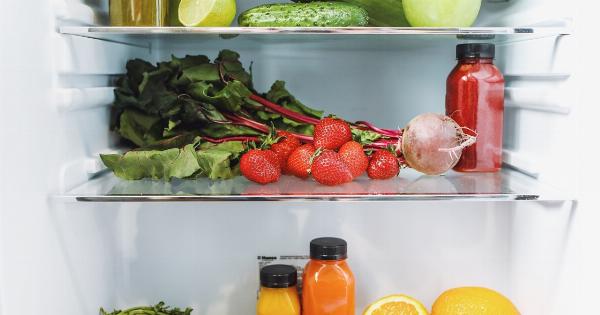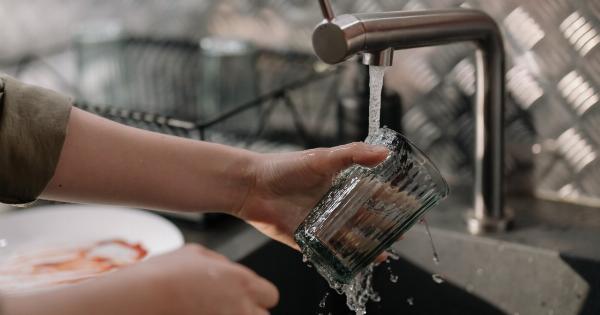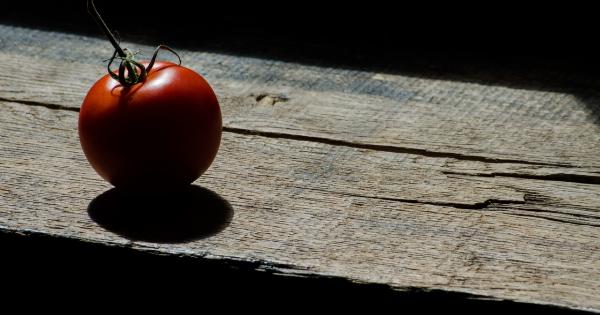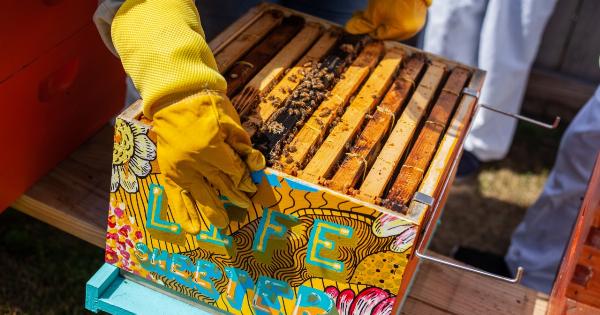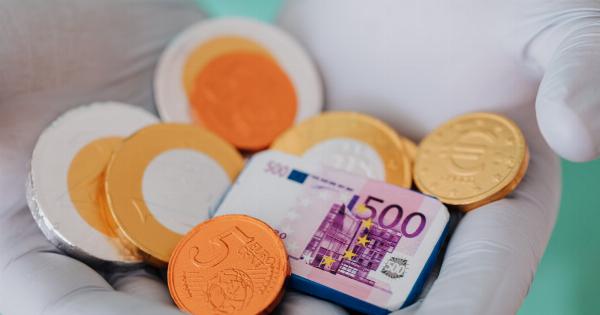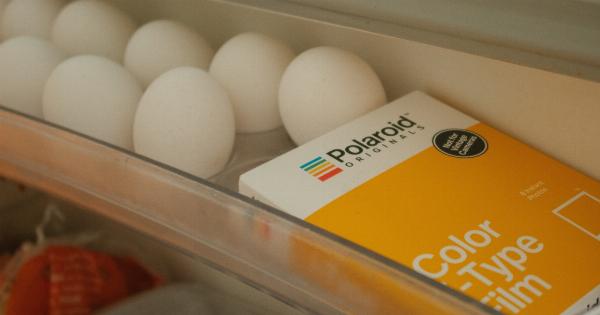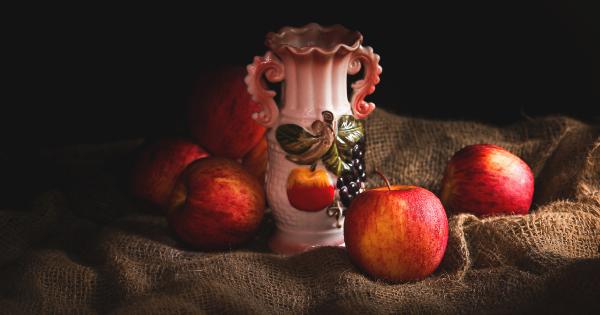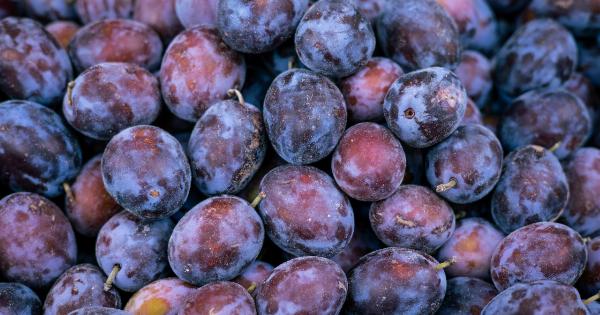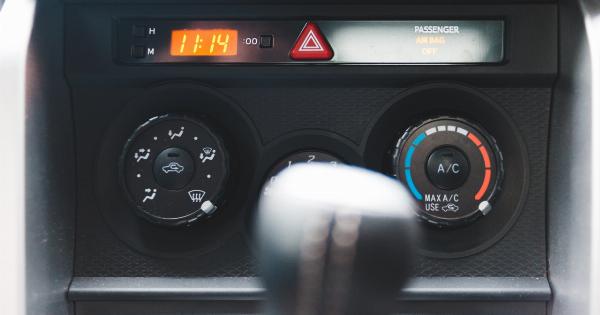Food waste is a global issue that not only impacts our environment but also our wallets. According to the Food and Agriculture Organization of the United Nations, approximately one-third of all food produced for human consumption goes to waste.
This staggering statistic highlights the need for individuals to take action and prevent unnecessary food waste in their homes. Fortunately, there are simple and practical hacks that can help us reduce food waste and make a positive impact on both our budgets and the planet. In this article, we will explore three easy hacks to prevent food waste.
Hack #1: Plan Your Meals
One of the main causes of food waste is buying more food than we actually need. To avoid this, it is essential to plan your meals in advance. Take a few minutes each week to create a meal plan and make a shopping list based on the planned recipes.
By having a clear idea of what you will be cooking and the required ingredients, you can avoid impulse purchases and minimize the chances of unused food items spoiling in your pantry or fridge.
Hack #2: Practice Proper Food Storage
Improper food storage is another common reason for food waste. Many perishable items can spoil prematurely if not stored correctly, leading to unnecessary waste. Here are a few tips for optimal food storage:.
- Keep your refrigerator clean and organized. Regularly check for expired items and remove them to make room for fresh produce.
- Store vegetables in the crisper drawer of your fridge to maintain their freshness. Some vegetables, like carrots and celery, can be submerged in water to keep them crisp for longer.
- Use airtight containers or resealable bags to store leftovers. This helps maintain their taste and quality and reduces the chances of spoilage.
- Freeze excess fruits or vegetables before they spoil. They can be used later in smoothies, soups, or sauces.
Hack #3: Embrace Food Preservation Techniques
Preserving food is an age-old practice that helps extend the shelf life of various ingredients. By learning a few simple food preservation techniques, you can prevent food spoilage and put your excess produce to good use. Here are some popular methods:.
Canning
Canning involves preserving food in airtight jars through heat processing. This method is commonly used for jams, pickles, and sauces, allowing you to enjoy your homemade delights for months to come.
Freezing
Freezing is perhaps the most straightforward food preservation technique. Most fruits, vegetables, meats, and even homemade meals can be frozen for later use. By freezing excess food, you can ensure its longevity and minimize waste.
Drying
Drying foods removes their moisture content, making them less susceptible to spoilage. Fruits, herbs, and even meat can be dried and stored for extended periods.
Not only does this prevent waste, but it also concentrates flavors, resulting in delicious dried snacks or ingredients for future recipes.
Fermentation
Fermentation is a fantastic technique for preserving vegetables, dairy, and even beverages like kombucha. Fermented foods not only have a longer shelf life but also offer unique health benefits, including improved digestion and enhanced gut health.
Conclusion
By implementing these three simple hacks, you can significantly reduce food waste in your home.
Planning meals, practicing proper food storage, and embracing food preservation techniques will not only help you save money and reduce waste but also contribute to a more sustainable lifestyle. Each small action we take to prevent food waste has a collective impact on our environment and future generations. So, let’s be mindful of our food choices, make the most of what we have, and work towards a zero-food-waste goal.





